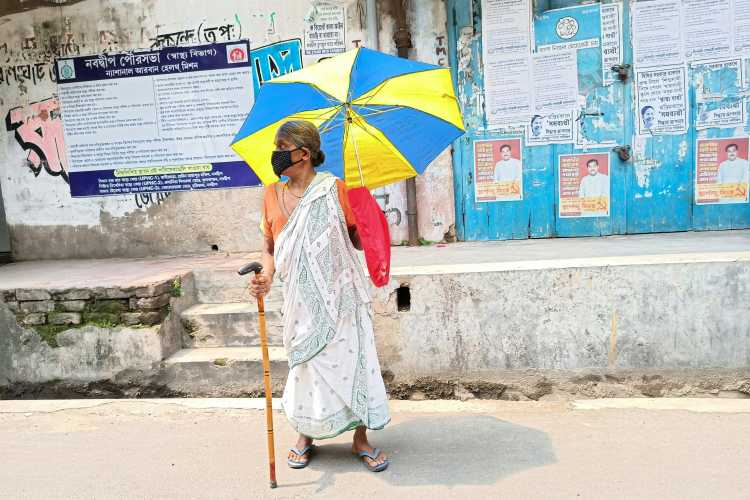India’s welfare architecture has undergone a quiet transformation. In just over a decade, social security coverage has expanded from a modest 19% to over 64% of the population, according to the latest ILOSTAT data. That translates into nearly 950 million citizens who now benefit from at least one social protection scheme. For a country long marred by fragmented welfare delivery, this marks a significant shift.
But scale is not the same as sufficiency. While the growth in coverage deserves credit, the system’s effectiveness, equity, and future-readiness remain deeply in question.
READ | Caste census is just first step — Govt must act on the data
The schemes behind the surge
This expansion has been driven by a network of 32 central and state-level schemes, of which 24 relate to pensions, with others focusing on maternity, childcare, and livelihood security. Flagship schemes such as the Atal Pension Yojana, PM-Kisan, MGNREGA, Janani Suraksha Yojana, and PM POSHAN are key contributors to this coverage.
The ILO’s recognition is not handed out lightly. For a scheme to qualify, it must be legislated, disburse regular cash benefits, remain operational, and report verified data over three years. By that yardstick, India has come a long way from ad hoc, leaky welfare transfers.
Still lost in delivery
Yet behind these promising numbers lie persistent delivery failures. MGNREGA often struggles with delayed payments and uneven implementation. Pension schemes like Atal Pension Yojana remain underutilised in remote and low-income regions. The story repeats across schemes: well-designed on paper, but poorly executed on the ground.
What this signals is not just a policy failure but an administrative one. The implementation gap threatens to undermine credibility and erode public trust in state welfare.
Much of India’s social protection framework was conceived in the 1970s—a time of food scarcity, poor rural infrastructure, and low urbanisation. That logic no longer holds. Today’s India is rapidly urbanising, digitally connected, and more aspirational.
Yet its welfare programmes are still largely rural-centric, catering to a static population. A more mobile, informal, and urbanised workforce requires flexible, portable benefits—especially in areas such as housing, healthcare, childcare, and unemployment insurance.
Urban poor still off-radar
While rural poverty remains the focus of most welfare efforts, urban deprivation is rising. Migrant workers, street vendors, gig workers, and slum residents—many of whom lack permanent addresses or formal identification—remain outside the net. These groups face heightened vulnerability to shocks like illness, inflation, and job loss, with no cushion to fall back on.
Social protection for these households must evolve from poverty relief to risk mitigation—enabling resilience in the face of sudden disruptions.
Women are still underserved
Gender continues to be an afterthought in most schemes. Women, especially single mothers and low-income workers, face structural disadvantages—unpaid care work, limited mobility, and poor access to credit and jobs. While schemes exist for maternity and child support, they are plagued by low payouts and administrative delays.
For social protection to be truly transformative, it must actively correct for gender inequities rather than simply papering over them.
Informal sector’s long shadow
India’s welfare state cannot claim maturity until it addresses the reality that 90% of its workforce is informal—without contracts, social insurance, or grievance redress. These workers drive India’s economy but remain on its policy margins.
Reaching this group will require a redesign of benefit delivery—focusing on ease of enrolment, portability across states, and the use of digital platforms without excluding those with limited tech access.
Social security coverage not enough
It is tempting to conflate coverage with protection. But coverage must be adequate, timely, and accessible to matter. Whether it is maternity benefits or old-age pensions, delays and insufficient payouts dilute the schemes’ real-world value.
While data integration and Aadhaar-linked payments have improved transparency, they are no substitute for responsive last-mile delivery and grievance redress.
A social contract in the making
India’s expanding welfare net has also begun to shape its foreign policy and global brand. Social Security Agreements (SSAs) with countries such as Germany, Canada, and Australia ensure that Indian professionals working abroad are not taxed twice and can carry forward their pension benefits. These agreements enhance India’s credibility in bilateral negotiations, particularly on trade and labour mobility.
Social protection, in this sense, is not just domestic policy—it’s economic diplomacy.
The next frontier
India’s social security expansion is a policy win, but the battle is far from over. As the country inches towards covering one billion people under its social protection umbrella, the next frontier must be depth, not just breadth.
Welfare must move beyond numbers. It must equip citizens to withstand life’s shocks, reduce economic insecurity, and ensure dignity across class, caste, gender, and geography. Recognition from the ILO may validate India’s effort—but its success will ultimately be judged not by international applause, but by the lived experience of its most vulnerable citizens.

